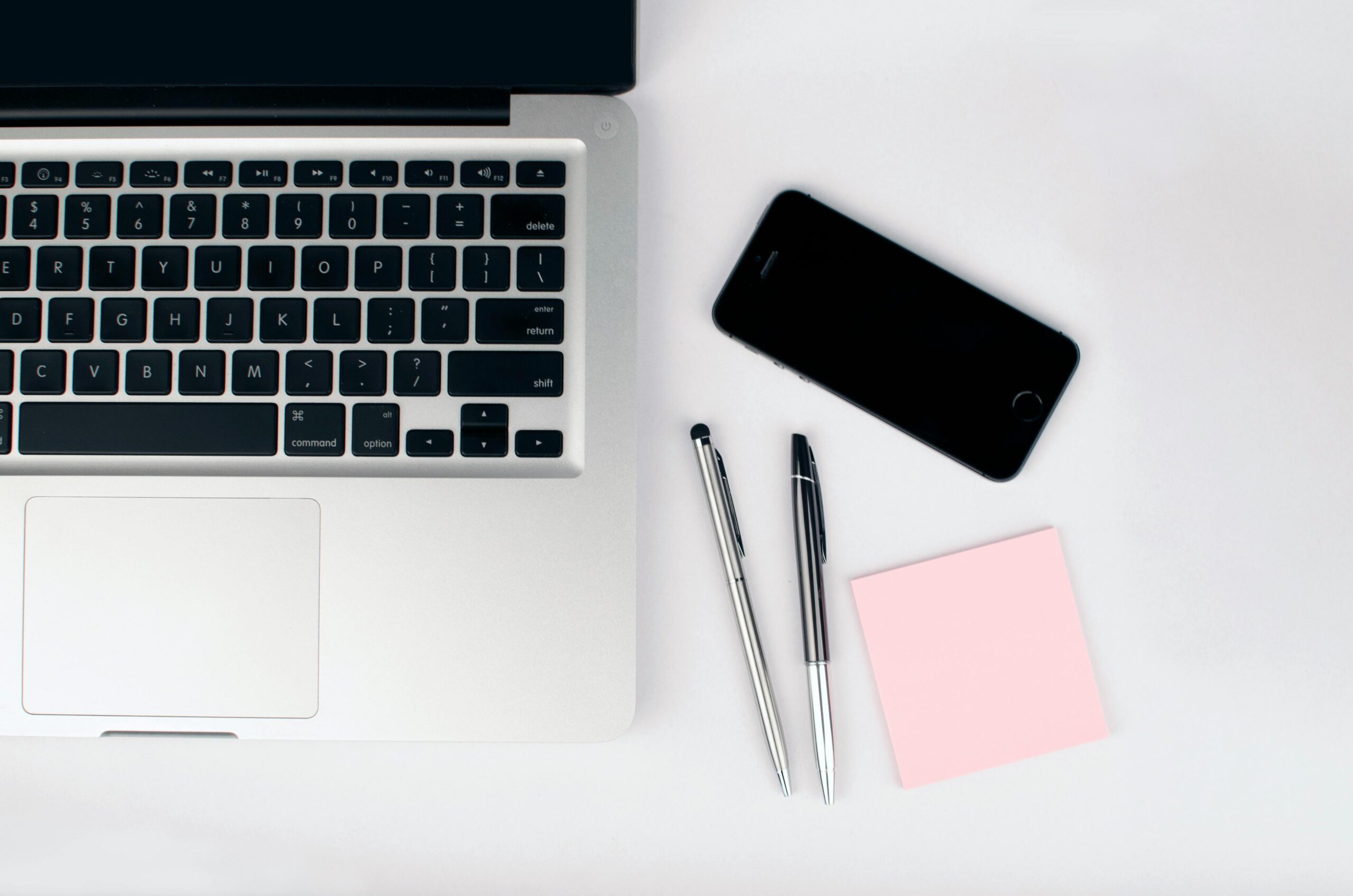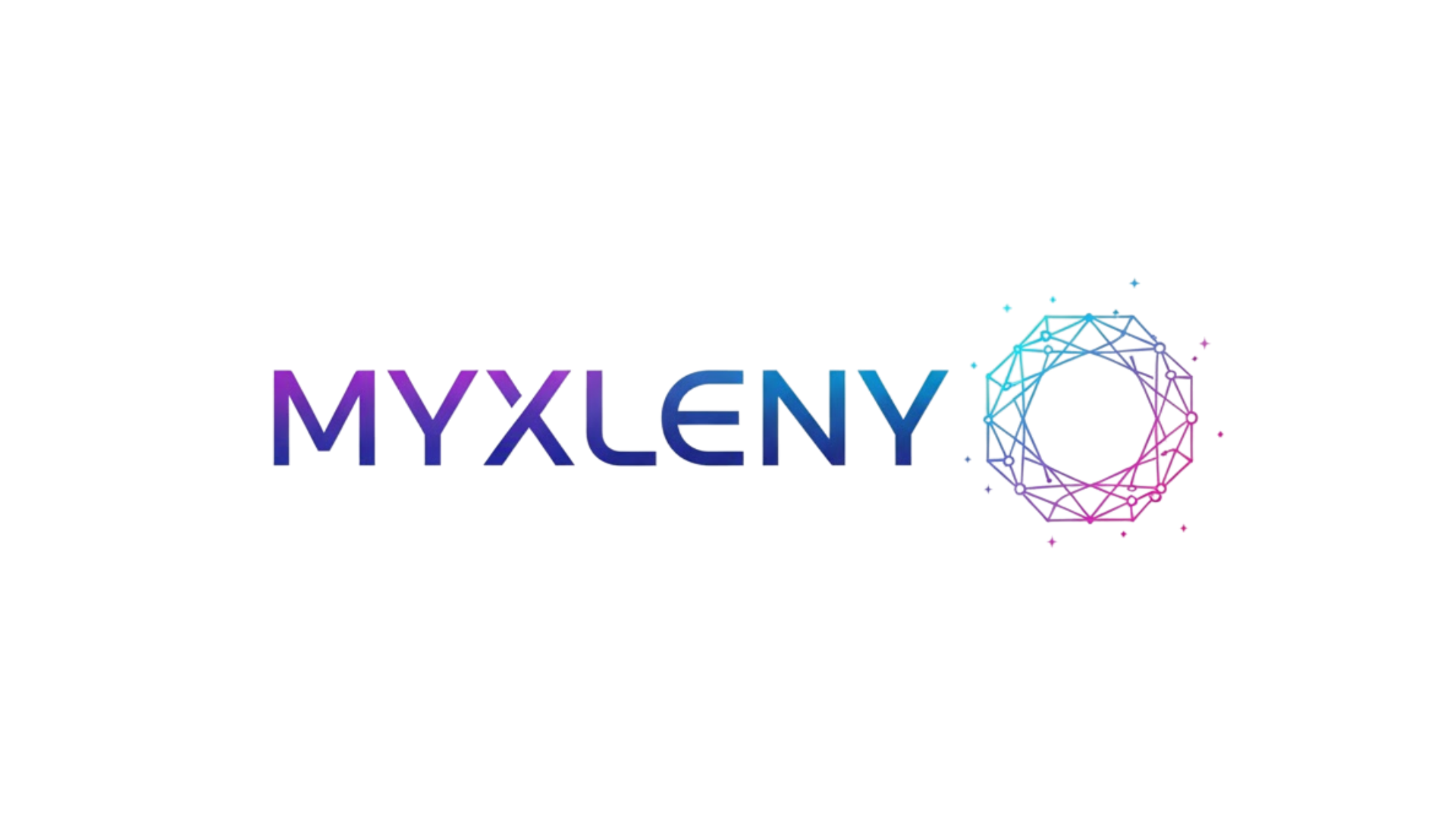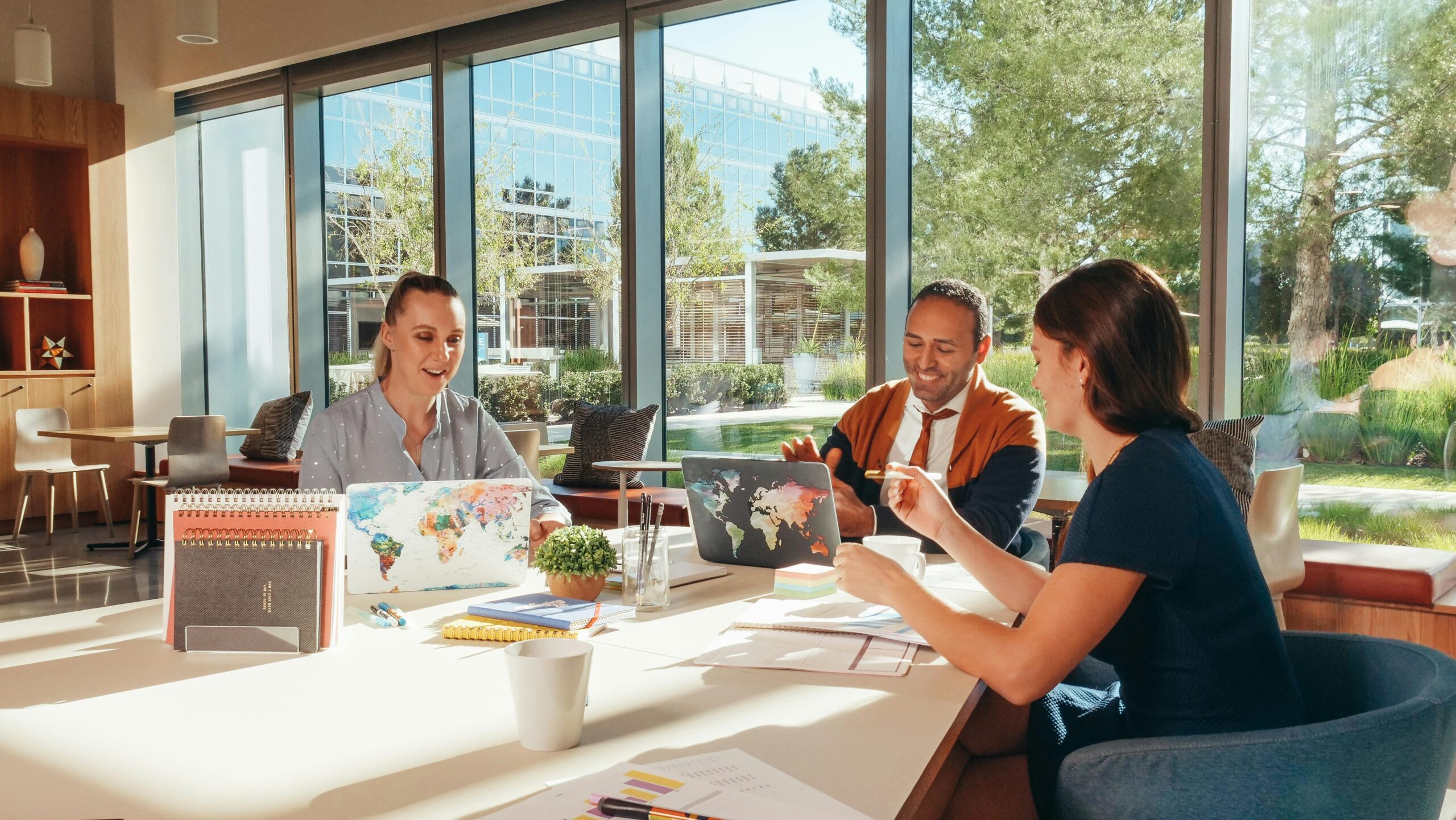In today’s hyper-connected world, digital overwhelm has become the silent productivity killer. Embracing digital minimalism isn’t about rejecting technology—it’s about using it intentionally to reclaim your focus and amplify your professional impact.
🎯 The Hidden Cost of Digital Clutter in Your Professional Life
Every notification that buzzes, every tab that stays open, and every app that demands your attention creates what researchers call “attention residue.” When you switch between tasks, a part of your cognitive capacity remains stuck on the previous activity, fragmenting your mental resources and diminishing your performance quality.
Studies from the University of California found that it takes an average of 23 minutes to fully refocus after an interruption. For knowledge workers receiving dozens of notifications daily, this translates to hours of lost productivity and creative capacity. The accumulated effect isn’t just about time lost—it’s about the quality of thinking that never happens.
Digital clutter manifests in multiple dimensions of work life: overflowing email inboxes, redundant communication channels, unnecessary software subscriptions, endless browser bookmarks, and social media accounts that blur the line between professional networking and mindless scrolling. Each element individually seems manageable, but collectively they create a chaotic digital ecosystem that exhausts rather than energizes.
💡 What Digital Minimalism Actually Means for Modern Professionals
Digital minimalism, a philosophy popularized by computer science professor Cal Newport, centers on the intentional selection of digital tools based on their ability to support your core values and professional objectives. It’s not about becoming a technology hermit or abandoning digital advancement—it’s about cultivating a deliberate relationship with technology.
The fundamental principle recognizes that not all screen time is equal. Time spent in deep, focused work on projects that advance your career differs drastically from time spent compulsively checking email or scrolling through feeds. Digital minimalism asks a simple but powerful question: Does this digital tool provide significant value relative to the attention and time it demands?
This philosophy acknowledges three core truths about modern work environments. First, digital tools are not neutral—they shape how we think, communicate, and execute our work. Second, intentional tool selection provides competitive advantages in an age of distraction. Third, less can genuinely be more when it comes to digital resources.
🔍 Conducting Your Digital Audit: Where to Begin
Before implementing changes, you need clarity about your current digital landscape. A comprehensive digital audit reveals exactly where your attention goes and which tools genuinely serve your professional growth versus those that merely consume your time.
Start by tracking your digital usage for one full week without making any changes. Use built-in screen time tools on your devices to capture accurate data about which applications consume your hours. Pay particular attention to transition times—those moments when you open your phone “just to check” something and emerge 20 minutes later having accomplished nothing meaningful.
Document every digital tool you use for work: communication platforms, project management software, note-taking applications, social media accounts, browser extensions, and mobile apps. For each tool, record its intended purpose, actual usage frequency, and whether it’s truly essential or merely habitual.
Key Questions for Each Digital Tool
Evaluate every application and platform in your digital ecosystem using these criteria:
- Does this tool directly contribute to my core professional responsibilities?
- Could I accomplish the same outcome with a simpler alternative or analog method?
- Does this tool’s value justify the attention and time it requires?
- Am I using this out of genuine necessity or social pressure?
- Does this tool enhance my focus or fragment it?
✂️ The Strategic Elimination Process
Once your audit reveals the truth about your digital consumption, the elimination phase begins. This process requires courage because removing tools often means confronting habits and social expectations. However, strategic elimination creates the mental space necessary for deep, meaningful work.
Begin with the low-hanging fruit: applications you rarely use, duplicate tools that serve identical functions, and platforms you joined but never truly engaged with. Uninstall these immediately. The psychological benefit of clearing digital deadweight provides momentum for more challenging decisions ahead.
Next, address the complicated middle ground—tools that provide some value but at a disproportionate cost. Social media platforms typically fall into this category for professionals. Rather than complete elimination, consider constraint-based approaches: designated time blocks for checking, removal from mobile devices while maintaining desktop access, or delegating account management to team members.
Creating Intentional Barriers
For tools you cannot eliminate entirely, introduce friction that transforms mindless usage into conscious choice. Remove apps from your phone home screen, log out after each session, use website blockers during focus periods, and disable all non-essential notifications. The goal isn’t to make these tools impossible to access—it’s to ensure each use represents a deliberate decision rather than an automatic reflex.
🛠️ Building Your Minimal Digital Toolkit
After elimination comes intentional rebuilding. Your minimal digital toolkit should include only applications that demonstrably advance your professional objectives while respecting your attention. Quality trumps quantity in every category.
For communication, consolidate rather than proliferate. Many professionals juggle email, multiple messaging platforms, video conferencing tools, and project-specific communication channels. This fragmentation guarantees constant context-switching and message anxiety. Where possible, establish primary communication channels and politely but firmly direct colleagues toward these preferred platforms.
For task management and productivity, resist the temptation to adopt every trending application. The best system is the one you’ll consistently use, even if it’s less sophisticated than alternatives. Whether that’s a simple notes app, a comprehensive project management platform, or even an analog notebook matters less than consistent implementation.
For information capture and knowledge management, select one primary system and commit to it fully. The most common productivity mistake is distributing notes, ideas, and reference materials across multiple platforms, creating information silos that reduce rather than enhance accessibility.
📱 Optimizing Your Primary Digital Gateway
For most professionals, the smartphone serves as the primary gateway to the digital world, making phone optimization critical to digital minimalism success. Your phone’s configuration either supports focused work or sabotages it—there’s no neutral ground.
Transform your phone into a tool rather than a slot machine by restructuring its visual and functional design. Remove all apps from the home screen except those supporting core life functions: communication with essential contacts, navigation, and perhaps health tracking. This simple change eliminates the automatic app-opening behavior that occurs whenever you unlock your device.
Embrace monochrome display modes available in most smartphone accessibility settings. Color activates reward systems in the brain, making apps more compelling and addictive. Grayscale displays reduce this magnetic pull without sacrificing functionality. Most users report significantly decreased phone usage within days of this single change.
Notification Mastery
Audit every notification permission and adopt a default-deny policy. Enable notifications only for time-sensitive communications from actual humans—not brands, not apps, not automated systems. This typically means notifications remain enabled only for calls, messages from key contacts, and perhaps calendar alerts.
Consider implementing “do not disturb” as your default state rather than an occasional mode. Schedule specific windows when notifications activate rather than remaining perpetually interruptible. This inverted approach transforms interruption from the norm into the exception.
⏰ Designing Digital Boundaries That Actually Work
Digital minimalism requires temporal boundaries in addition to tool selection. Without time-based structures, even a minimal digital toolkit can expand to consume all available hours. Effective boundaries transform technology from an always-on presence into a scheduled resource.
Establish technology-free time blocks for deep work—ideally your peak cognitive hours. During these periods, disconnect entirely from communication platforms, work offline when possible, and resist the urge to “quickly check” anything digital. The quality of work produced during protected time dramatically exceeds output from interrupted sessions.
Implement clear start and stop times for digital engagement. Morning routines without immediate phone checking set a focused tone for the entire day. Evening digital sunsets—stopping screen use 60-90 minutes before sleep—improve rest quality and create space for reflection, reading, or meaningful conversation.
💼 Navigating Workplace Expectations and Digital Minimalism
One significant challenge professionals face when adopting digital minimalism is organizational culture that equates constant availability with commitment. Colleagues expect immediate responses, managers schedule back-to-back video meetings, and corporate communication sprawls across multiple platforms.
Address these expectations proactively through transparent communication. Explain your focus periods, establish clear response timeframes, and consistently deliver high-quality work that demonstrates how focused attention benefits the organization. Most reasonable managers prioritize results over response speed once they see the performance difference.
Propose alternatives to digital excess that benefit teams broadly: meeting-free focus blocks, asynchronous communication defaults, consolidated communication channels, and documentation-first workflows that reduce real-time coordination needs. Position these suggestions as productivity enhancements rather than personal preferences.
📊 Measuring the Impact of Your Digital Minimalism Practice
Sustainable behavior change requires visible progress. Track metrics that reveal digital minimalism’s impact on both productivity and wellbeing. Quantitative data reinforces commitment when old habits tempt you to revert.
Monitor screen time trends weekly, noting total hours and time distribution across applications. Track deep work hours—extended periods of focused attention on cognitively demanding tasks. Measure output quality and quantity in your core work domains. Document subjective wellbeing indicators like stress levels, sleep quality, and satisfaction with work-life integration.
| Metric | Tracking Frequency | Success Indicator |
|---|---|---|
| Total Screen Time | Weekly | Decreasing trend over time |
| Deep Work Hours | Daily | Increasing weekly total |
| Email Checks | Daily | Reduced frequency with batch processing |
| Project Completion Rate | Monthly | Higher completion percentage |
| Stress Assessment | Weekly | Improved subjective rating |
🔄 Maintaining Digital Minimalism Long-Term
Initial enthusiasm makes early implementation relatively easy. The real challenge emerges months into practice when novelty fades and organizational pressures mount. Long-term success requires systems that maintain boundaries without constant willpower expenditure.
Schedule quarterly digital audits to identify creep—the gradual reaccumulation of digital clutter. New tools enter your ecosystem, notification settings change, and browser tabs multiply. Regular reviews catch these trends before they undermine your minimalist foundation.
Build community around digital minimalism by connecting with colleagues who share these values. Mutual accountability, shared strategies, and collective norm-setting make individual practice more sustainable. Consider proposing team experiments with focus blocks or communication consolidation.
Embrace imperfection and iteration. Digital minimalism isn’t a destination but an ongoing practice of alignment between tools and values. Some experiments will fail, certain boundaries will require adjustment, and particular tools you eliminated might need reinstatement in new contexts. This flexibility prevents all-or-nothing thinking that leads to abandonment.
🌟 The Deeper Benefits Beyond Productivity
While productivity improvements motivate initial adoption, digital minimalism’s profound benefits extend far beyond efficiency metrics. Reduced digital noise creates space for deeper thinking, creative insight, and genuine presence in both professional and personal contexts.
Professionals report improved decision-making quality when they reduce information overload and create space for reflection. Strategic thinking requires mental bandwidth that constant digital engagement consumes. By protecting attention, you preserve capacity for the synthesizing, pattern-recognition, and forward-thinking that distinguishes exceptional professional performance.
Digital minimalism also strengthens relationships by enabling authentic presence. Colleagues notice when you’re fully engaged in conversations rather than monitoring devices. This undivided attention builds trust and rapport that shallow, distracted interactions never achieve. In an age of digital distraction, genuine presence becomes a professional differentiator.

🚀 Your Next Steps Toward Digital Clarity
Beginning a digital minimalism practice doesn’t require perfection or radical overnight transformation. Start with one meaningful change this week: conduct your digital audit, eliminate three unused applications, establish one technology-free hour daily, or disable all non-essential notifications.
After establishing your initial change, add one new element weekly. This gradual approach builds sustainable habits rather than overwhelming yourself with simultaneous adjustments across all digital domains. Small, consistent changes compound into transformative results over months.
Remember that digital minimalism serves your professional success and personal wellbeing—it’s not an additional obligation creating pressure. Approach this practice with curiosity and self-compassion, viewing it as an ongoing experiment in optimizing your relationship with technology rather than a rigid set of rules demanding perfect compliance.
The digital world will continue expanding, offering endless tools, platforms, and opportunities for connection and distraction. Your success depends not on avoiding all digital technology but on developing the discernment to select tools that genuinely serve your goals while declining those that merely consume your limited attention. By embracing digital minimalism, you reclaim agency over your focus, time, and ultimately your professional trajectory in an increasingly distracted world.
Toni Santos is a future-of-work researcher and social innovation writer exploring how technology, culture, and global mobility are redefining what it means to work and thrive in the 21st century. Through his studies on automation, digital nomadism, and workforce transformation, Toni examines the balance between progress, adaptability, and human purpose in a rapidly changing world. Passionate about remote collaboration systems and digital inclusion, Toni focuses on how emerging tools and global connectivity empower individuals to build meaningful, flexible, and resilient careers. His work highlights how automation and new work models can coexist with creativity, empathy, and social value. Blending sociology, economics, and digital strategy, Toni writes about the human side of innovation — helping readers understand not only where work is heading, but how to align with its transformation responsibly and purposefully. His work is a tribute to: The evolving relationship between automation and human employment The rise of global, location-independent lifestyles The power of resilience and adaptability in the modern workforce Whether you are a freelancer, remote leader, or curious observer of the new economy, Toni Santos invites you to explore the future of work — one idea, one connection, one transformation at a time.




